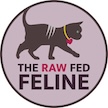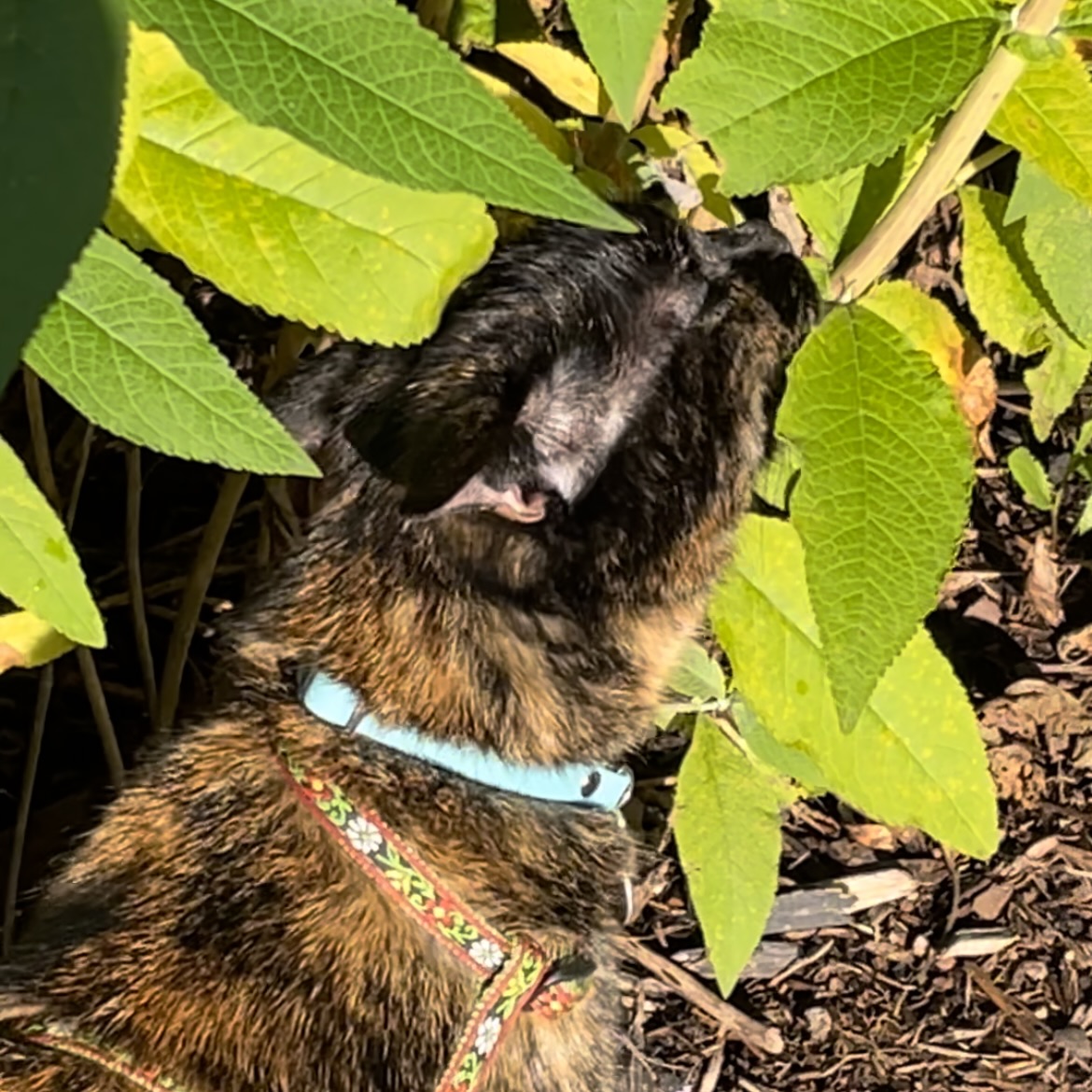When it comes to cats—it’s all about the smell! As humans, we primarily focus on how food looks and tastes. We tend to have pretty strong feelings about how our favorite foods should taste. This is for good reason though, we have approximately 9,000 taste buds on our tongues that are renewed regularly.
Let’s compare how many taste buds humans, dogs, and cats have:
Humans: 9000
Dogs: 1706
Cats: 473
So while we focus on the taste of foods, you can see that cats most definitely do not. They only have 473 taste buds and 0 receptors for sweet! You can see that taste is not a big factor for cats at all. So what is? Smell. Cats are incredibly adept at distinguishing between foods through their sense of smell. This is how they keep themselves safe from eating bad food in the wild. Smell is used for communication with their environment and other cats. It is a powerful survival skill.
(On a side note, Nosework Cats offers classes to help harness your cat’s incredible sense of smell for training and enrichment purposes as well as an overall bonding experience. It looks amazing and is on my list of things to do with Hazel one of these days!)
Scent receptors
Dogs often steal the spotlight with their sense of smell and cats get overlooked. However, not including bloodhounds, who have 300 million scent receptors, cats have more smell receptors at 200 million than the average dog does. And they certainly have far more smell receptors than human beings do. We only have around 5 million.
But the most interesting aspect of cats’ sense of smell is just how sensitive and discerning it is. It is far more sensitive than dogs. There is a special scent receptor protein that helps distinguish different scents. Cats have 30 of these special receptor proteins! In contrast, dogs only have 9 and we mere humans just have 2. This means that cats can tell minute differences between scents much more sensitively than dogs or us. Let’s face it, our olfactory system pales in comparison to both dogs’ and cats’.
the nose knows
Cats’ sense of smell is so sensitive that they can detect a specific nucleotide that is present in meat that is “turning bad.” We would not notice this and consider the meat still fresh. But cats can tell. This is one reason why if you know that your cat likes the raw food you are offering and they reject it, it is likely for a good reason. Experienced raw feeders know to trust their cat’s nose when it comes to food. And this can be reassuring for new raw feeders to know when you start feeding a raw diet–cats will not eat bad food. They know through smell if it is ok or not.
Cats can also tell the difference between meat from different sources. I tried to utilize a local raw feeding co-op to source meat for Hazel several years ago. They offered great pricing and variety. However, no matter how I introduced it, she rejected it every time. I offered her the same proteins as she normally ate. But I think she just didn’t like the supplier. She could tell the difference between meat from the usual suppliers and meat from the new one.
Another time I tried a new supplier for whole prey. Hazel loves day old chicks—one of her favorites. I offered her one from a new supplier. Much to my surprise, she thoroughly sniffed it, but then didn’t eat it. She could tell it was different! I was able to help her accept the new chick from the new supplier with time and toppers, but it was fascinating to see her capacity to immediately distinguish chicks from two different suppliers.
Smell and Introducing New Foods
Cats are notorious for being “picky” when it comes to new foods. But if we step back and consider their highly sensitive sense of smell, we will have better luck. It’s very important that we work with their sense of smell when introducing new foods. We often focus on taste when transitioning to new food, but this is a big mistake. Think about it this way, your cat literally tastes food through smell, not by eating it. Eating is the last step, not the first.
Keep in mind that even if they don’t try the new food at first, but it is in the room with them while they are eating their usual food, they are in fact interacting with/tasting it through smell. For a cat, this is the first step in learning to accept a new food; you don’t want to overlook this very important step of interaction through smell.
focus on INTERACTION through smell first
When you are trying to introduce a new food to your cat, you want to provide familiarity in regards to smell. You want to include a smell that is familiar to them to help them accept the new unfamiliar food. The new food will obviously smell different from what they are used to eating and will likely be rejected at first sniff.
So be sure to pair familiar smells with the new food/smell. For example, if you are trying to get your cat to eat canned food and they have been eating dry food thus far, you can crush up some of the dry food into a powder and sprinkle it on the new wet food. Now it will smell like the food they know and like. If you know that your cat likes fish flavors, you can pour some water from a tin of sardines or sprinkle some bonito flakes on new food to provide the scent of fish. If you are transitioning your cat to a raw diet, you can put some of their familiar canned food or treats on top of the new raw food. You get the idea.
think like a cat and prioritize smell
So, think like a cat and prioritize smell, not like a human who focuses on taste, and you will have much more success when introducing new foods and understand your cat’s way of experiencing the world a little better!


